Old Fort Erie
-itok-EHAvily0.jpg)
Old Fort Erie
The site of one of Canada's most historic battles in the War of 1812.
Morning Star is the story of how the Underground Railroad linked two girls living more than a century apart:
Flower, her parents, and her baby brother have escaped from the plantation where they were kept as slaves and are making their way north to freedom via the Underground Railroad. Their journey is dangerous and often desperate, as they are helped and sheltered by some, and hunted by others. Flower’s courage helps her family through illness, re-capture, and to escape again to safety.
Interwoven with Flower’s narrative is the story of Felicia, a young girl living more than 150 years later in a small Canadian community that was once an end-point of the Underground Railroad. Felicia, one of the few black children in her school, is researching her ancestry for a class project. As she talks to her mother and grandmother and learns about her ancestors’ struggles and successes, their bravery gives her the strength to confront the racism and bullying of a classmate.
 Buy from Amazon
Buy from Amazon  Buy from Indigo
Buy from Indigo -itok-EHAvily0.jpg)
The site of one of Canada's most historic battles in the War of 1812.
A long-standing landmark to the Underground Railroad, the Salem Chapel is associated with Harriet Tubman, a fugitive slave and abolitionist whose legendary excursions along the network of safe houses to rescue friends, family and other fugitive slaves made her a symbol of civil rights during the long fight for equality and freedom.
One of the numerous safe houses along the Underground Railroad, Bertie Hall stands as a living landmark to the long, dangerous journey of fugitive slaves into Canada. Set right on the Niagara River, it became known as a refuge from bounty hunters who lurked on the banks of the opposite shore.
The wealth of Chatham's history is directly tied to the Underground Railroad and escaped slaves. In the early 1800's, five Black families settled along Morgan's Creek in Chatham (then called "The Forks"). The area became a haven for runaway slaves and by the 1850's over a third of the town's population was Black. Once here, Black people thrived in arts, education, sports, and medicine and all aspects of culture.
Set along the Niagara Parkway, Freedom Park commemorates the main terminus where fugitive slaves began their journey out of Buffalo into Upper Canada along The Underground Railroad.
Located in Niagara-on-the-Lake, the Negro Burial Ground was once home to the Niagara Baptist Church founded in 1830. When Upper Canada passed an act in 1793 forbidding the introduction of slaves and freeing the children of those in the cology at twenty-five, the Niagara region attracted refugee slaves from the United States. Some are buried here at this burial site.
Operated by the BME Church in Niagara Falls, the Norval Johnson Heritage Library is a full-lending library containing over 1,000 volumes that provide valuable information concerning the history of the Black community in Canada, United States, Caribbean, Africa and England.
A virtual tour of the heritage museum can be found HERE.
Located in Amherstburg - an important crossing point along the Detroit river for African Americans fleeing slavery - the North American Black Historical Museum chronicles the history, struggles, and triumphs of African Americans in North America. It sits on the same grounds as the Nazrey African Methodist Episcopal Church - a structure built by escaped slaves, and a terminus along the Underground Railroad.
The history of St. Catharines comes to life through exhibits, such as the award-winning Follow the North Star, which chronicles the journey of runaway slaves to Canada, the Welland Canals exhibit and Interactive Centre, the Sports Hall of Fame, Ontario Lacrosse Hall of Fame & Museum, and special travelling exhibits.
It was the dream of Howard Sheffield to gather and preserve the history of his ancestors and share with the family. Community friends also became interested in the history of the black pioneers and settlers of Collingwood and the surrounding areas. His collection of family photos and artifacts attracted donations of more items from white families who grew up with the original homesteaders.
Tours that might be of interest.
The War of 1812. Anyone from Canada or the USA should at least have heard of it. But if you live in the Niagara region (on either side of the border), 1812's significance takes on a particular quality. Our Open Book Explorer tour will take you to some of the more famous sites, and pair you up with great reading along the way.
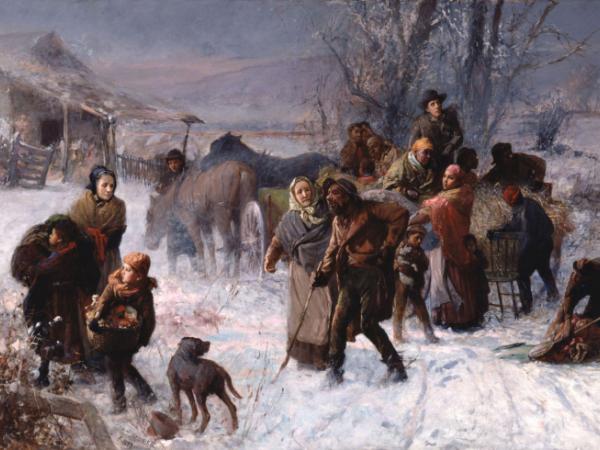
To many living in the southern United States during the 1700's, Canada was the "cold and distant North". But for African slaves looking to escape horrifying oppression, Canada became the "North Star," a place where they could live as free persons. From 1840 to 1860, the Underground Railroad - a network of safe houses and secret routes - was utilized by fugitive slaves and abolitionists to find such freedom.
From 1840 to 1860, before the American Civil War, the Underground Railroad served as a guiding light into Canada for many fugitive and freed slaves. On the run from bounty hunters and marauders, thousands followed the "North Star" to crossings along the Detroit River into Ontario. En route, they were harboured in a secretive netword of safe houses, churches, caves, and barns - and helped by abolitionists sympathetic to their plight.
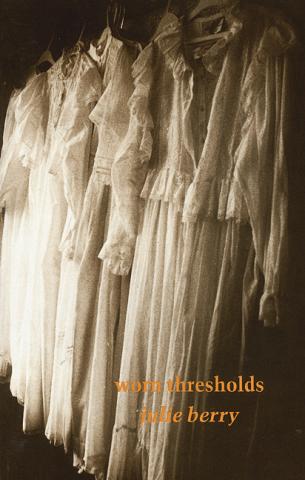
Reading Julie Berry’s poetry means entering a new poetic space, crossing thresholds of pain and delight at once raw and refined. “like marie d’oignies who buried bloody/ mouthfuls of herself/ in the garden/ i need my poems to be like this,” Berry writes in “Touching Ground.” “Like this” is finely-turned and constantly surprising, haunting as plainsong, throaty as the blues.
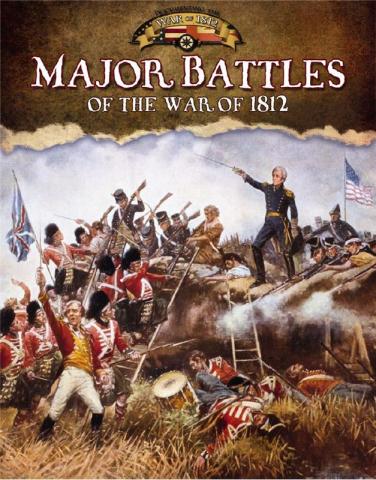
Pivotal battles waged before, during, and after the War of 1812 are detailed in this fascinating book. Battles between the United States and the British and Canadians saw gains and losses of territory for both sides, all of which proved to be only temporary. For the Native Indians who fought on each side, the result was the loss of their land and autonomy.

Morning Star is the story of how the Underground Railroad linked two girls living more than a century apart:
Flower, her parents, and her baby brother have escaped from the plantation where they were kept as slaves and are making their way north to freedom via the Underground Railroad. Their journey is dangerous and often desperate, as they are helped and sheltered by some, and hunted by others. Flower’s courage helps her family through illness, re-capture, and to escape again to safety.
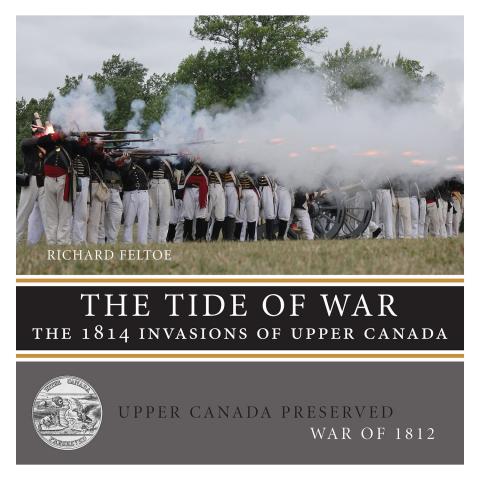
Throughout 1812 and 1813, Upper Canada had been the principle target for a succession of American invasions and attacks. Fortunately they all had been repulsed, but at a high cost in lives and the devastation of property on both sides of the border. By the beginning of 1814, both sides were determined to bring the war to an end with a decisive victory through an escalated commitment of men and military resources.
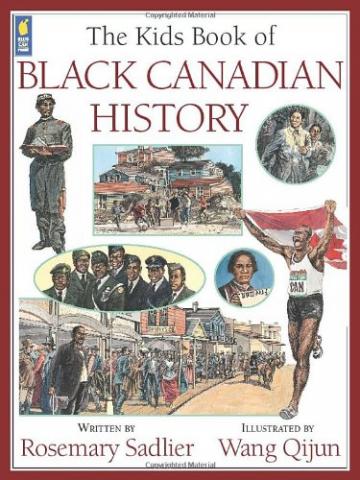
From the first Black person who came to Canada about 400 years ago to the most recent wave of African immigrants, Black Canadians have played an important role in our country's history. In this informative overview, kids will discover the inspiring stories and events of a people who fought oppression as they searched for a place to call their own.
Featuring fact boxes, mini-profiles, a timeline and more, this book in the acclaimed Kids Book of series offers a glimpse into an often-overlooked part of Canadian history.
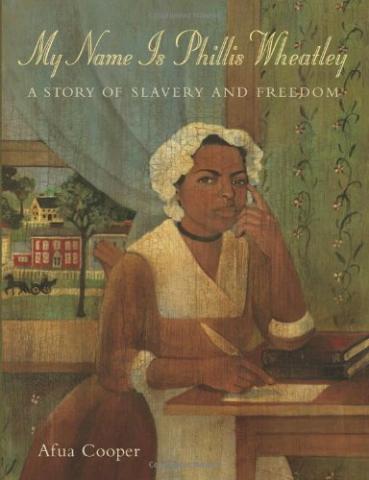
This is the remarkable story of Phillis Wheatley, who is born into an African family of griots, or storytellers, but captured by slave raiders and forced aboard a slave ship, where appalling conditions spell death for many of her companions. Numerous sharks follow the ship, feeding on the corpses of slaves thrown overboard.
Weakened by the voyage and near death in a Boston slave market, Wheatley is bought by a kind family who nurses her back to health and teaches her to read and write. Soon her mistress recognizes that the girl is a quick learner and talented.
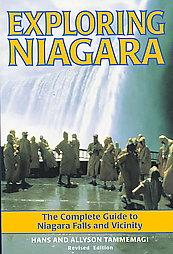
Covering both sides of the Canada-U.S. border, and all within about a 30-minute drive of the Falls, the book unveils more than 50 tours and day trips to and through places of interest in the Niagara region. Descriptions of the trips themselves - varying from under an hour to several days - detail the historical and geographical highlights of each destination, and offer up a variety, suggesting tours that can be taken by car, by bicycle, or on foot.
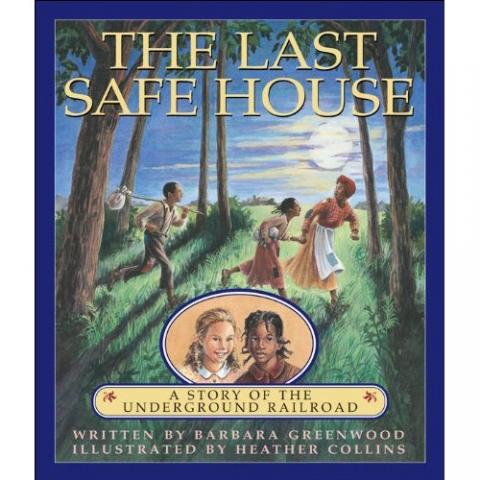
This is the dramatic story of the Underground Railroad as seen through the eyes of two young girls — Eliza, a runaway slave from a plantation in Virginia, and Johanna, whose family gives her refuge in St. Catharines, Canada West (now Ontario). In a unique mix of fact and fiction, each chapter is followed by background information and hands-on activities.
-itok-ulnDhsng.jpg)
Ronald J. Dale's richly-illustrated book provides insight into aspects of Niagara-on-the-Lake’s history often unknown to visitors. From its establishment as the first capitol of Ontario, to the founding of the province’s first newspaper, to the auspicious and renouned Shaw Festival - the book contains helpful information along with excellent suggestions of landmarks for you to discover. A perfect companion for your visit to one of Southern Ontario's most picturesque towns.

A story told through the perspective of 12-year-old Guy and his family, this Wow Canada! 10th Anniversary book takes us on a journey throughout the country and its many splendors. Guy and his family travel across the country and discover hidden gems and informative fact about Canada and all that it has to offer.
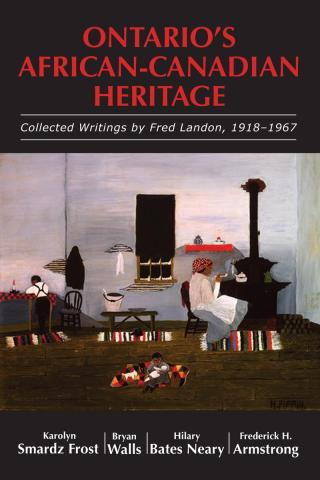
Ontario's African-Canadian Heritage is composed of the collected works of Professor Fred Landon, who for more than 60 years wrote about African-Canadian history. The selected articles have, for the most part, never been surpassed by more recent research and offer a wealth of data on slavery, abolition, the Underground Railroad, and more, providing unique insights into the abundance of African-Canadian heritage in Ontario.
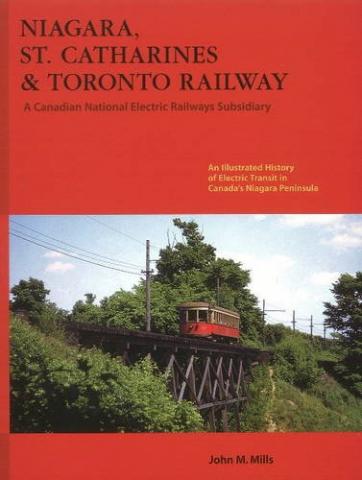
From its inception as a horsecar line in 1874, the Niagara, St. Catharines, & Toronto Railway is one of the foremost examples in Canada of an intensively developed and closely integrated transportation system. It operated local street railways, interurban lines, carload and less-than-carload freight, lake steamers, a large motor coach system, and even a circle trolley line around the Niagara Gorge.
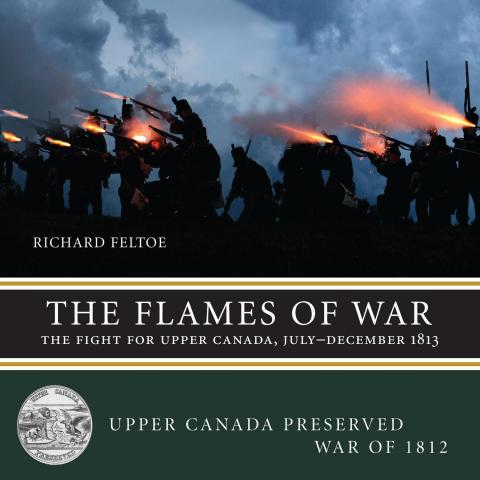
In April 1813 the Americans launched a new campaign to conquer Upper Canada, after their failure to do so in 1812. However, following initial victories, the U.S. assault stalled as a combined force of British regulars, Canadian militia, and Native allies counterattacked, throwing the Americans entirely onto the defensive by the end of June. During the next six months, this seesaw of military advantage was repeated again and again as each side escalated its commitment of men and resources and fought to gain the "final" victory.
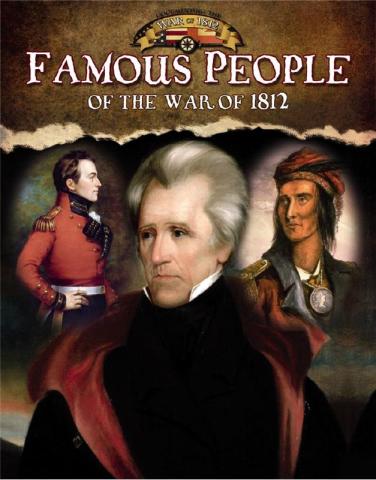
The War of 1812 resulted in a surging sense of nationalism for both the United States and Canada. This fascinating book looks at the achievements of the military leaders and other key figures involved in the conflict during this time of nation-building.
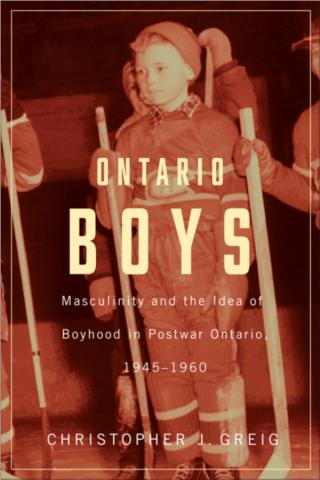
Ontario Boys explores the preoccupation with boyhood in Ontario during the immediate postwar period, 1945–1960. It argues that a traditional version of boyhood was being rejuvenated in response to a population fraught with uncertainty, and suffering from insecurity, instability, and gender anxiety brought on by depression-era and wartime disruptions in marital, familial, and labour relations, as well as mass migration, rapid postwar economic changes, the emergence of the Cold War, and the looming threat of atomic annihilation.
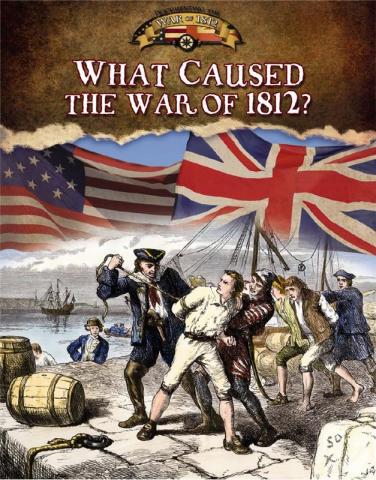
In 1812, the Napoleonic Wars in far-off Europe began a chain of actions that would lead the United States into war against Britain and its colonies in Canada in the New World. This fascinating book reveals how U.S. president James Madison declared war on Britain for harming U.S. trade with Europe by naval blockade, for impressing U.S.
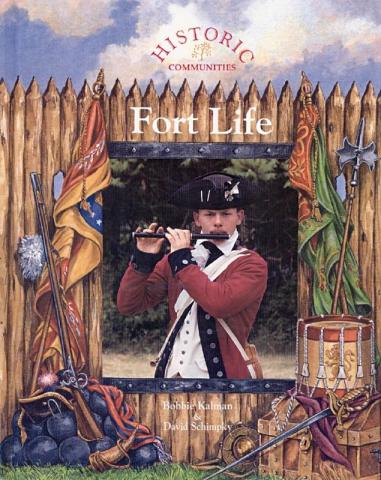
Coveted for their strategic military locations, forts often changed hands many times. Forts played a vital role in the settlement of the New World and were a means of refuge for soldiers and settlers. The difficult life of the soldier is detailed from the harsh living conditions to the primitive medical care they received.

The St. Lawrence River forms part of the boundary between Canada and the United States and connects the Great Lakes with the Atlantic Ocean. This informative book follows this important commercial waterway across the provinces of Ontario and Quebec to where it reaches the Gulf of St. Lawrence.
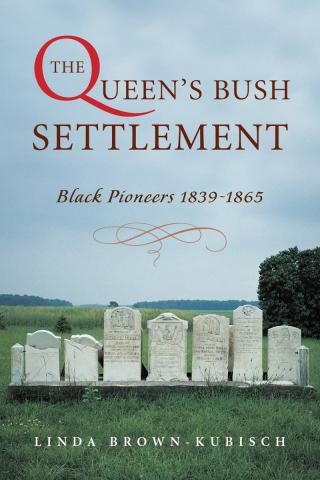
The Black pioneers (1839-1865) who cleared the land and established the Queen's Bush settlement in that section of unsurveyed land where present-day Waterloo and Wellington counties meet, near Hawkesville, are the focus of this extensively researched book. Linda Brown-Kubisch's attention to detail and commitment to these long-neglected settlers re-establishes their place in Ontario history.
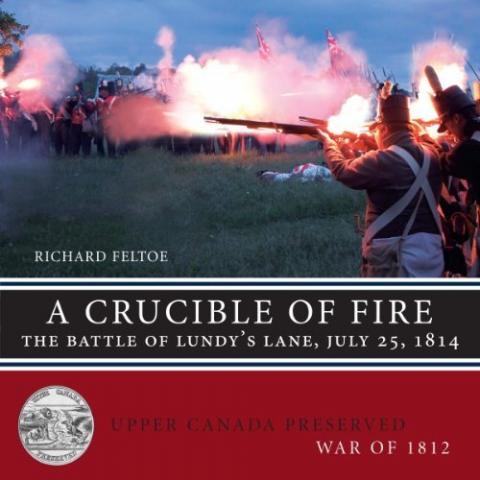
Following their invasion at Fort Erie and decisive victory at the Battle of Chippawa, an American army of over 5,000 men seemed poised to sweep across the Niagara frontier to Lake Ontario, link up with the American fleet, and complete the final expulsion of the British allied forces from Upper Canada. However, only a month later, the shattered remnants of this force were firmly on the defensive and feverishly digging in as the British advanced to begin the siege of Fort Erie.

There are many great Canadians who deserve recognition for what they have done for the nation and its people. This book profiles ten of these individuals who rose above with their courage and compassion, protecting the things that we as a community and as a nation hold close to our hearts. These heroes are men, women and even children throughout four hundred years of this nation's history who deserve our attention and our admiration.
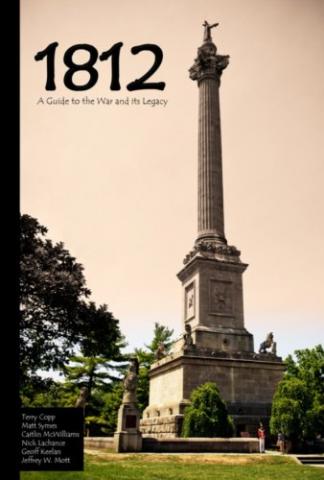
For Canadians, the War of 1812 has held various meanings at different times. In the immediate aftermath, alongside the “Loyalist” narrative of fleeing from the defeat of the British at the hands of American rebels, the war was regarded as redemptive for those still loyal to British North America. From the American perspective, it is merely one in a host of small-scale wars in North America, and the events of 1812–1815 are mostly forgotten in the collective memory of the United States.
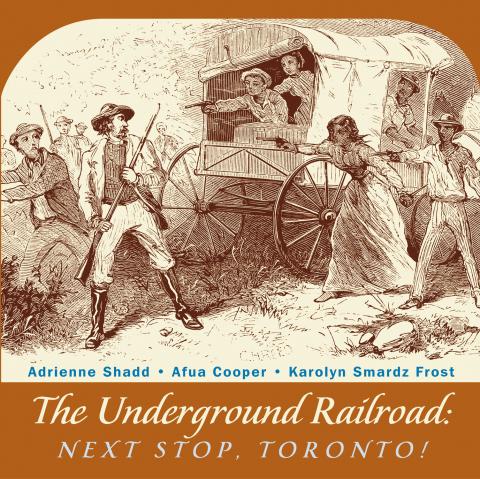
The Underground Railroad: Next Stop, Toronto!, a richly illustrated book, examines the urban connection of the clandestine system of secret routes, safe houses and "conductors." Not only does it trace the story of the Underground Railroad itself and how people courageously made the trip north to Canada and freedom, but it also explores what happened to them after they arrived.
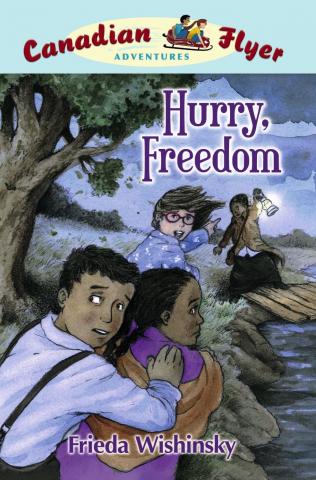
A part of the Canadian Flyer childrens chapter book series. In Hurry, Freedom Emily and Matt embark on their most important journey yet — to the Canada-U.S. border in 1858 to travel along the Underground Railroad. They befriend famous abolitionist Dr. Alexander Ross and a group of runaway slaves he’s helping escape to Canada. With slave catchers in close pursuit, will Emily and Matt be able to help their new friends cross the Niagara River to safety?
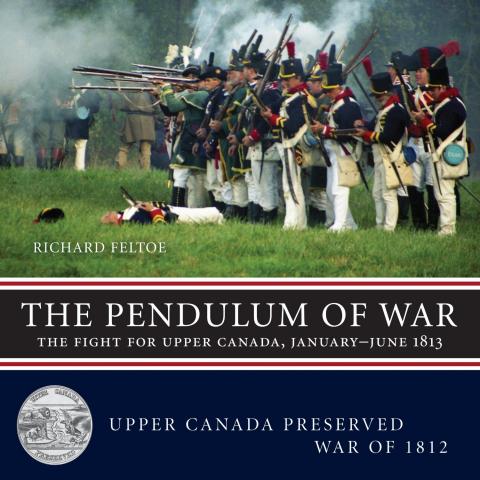
In his second of six books in the series Upper Canada Preserved — War of 1812, author Richard Feltoe continues a battlefield chronicle that combines the best of modern historical research with extensive quotes from original official documents and personal letters, bringing to life the crucial first six months of the 1813 American campaign to invade and conquer Upper Canada. The Pendulum of War documents the course of more than seven major battles and over a dozen minor engagements that were fought on the St.
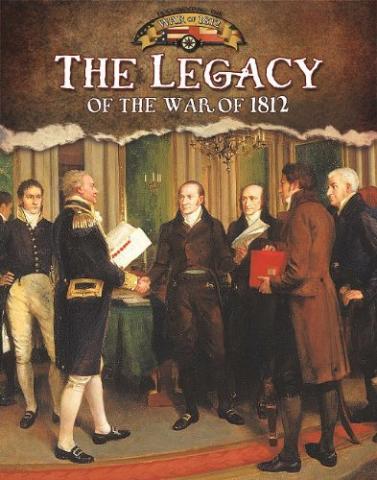
The War of 1812 is an important part of Canadian history. Fought during a period of nation-building in North America, this war helped to cement Caada's sense of national pride having successfully repelled an invasion.
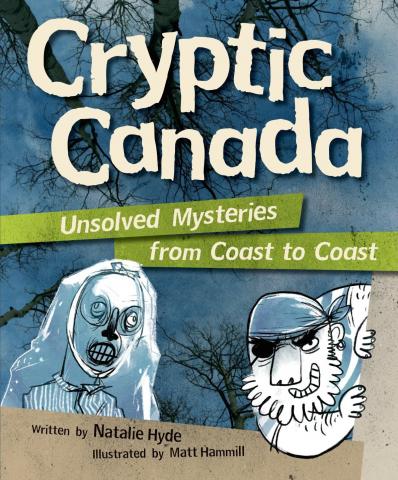
Cryptic Canada helps curious readers to discover seven of Canada's most interesting unsolved mysteries with stories of buried treasure to ice mummies. Through delightful story-telling and illustrative pictures, Cryptic Canada takes young readers on a journey through Nova Scotia and the treasure of Captain Kidd, to Nunavut and the discovery of the mummified Franklin Expedition, to the Great Lakes and all they hold in mystery.
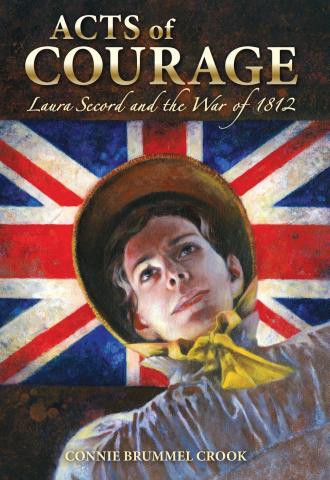
In Acts of Courage, Connie Brummel Crook dramatizes the life of one of Canada’s most enduring heroines, Laura Secord. from young Laura Ingersoll’s early days in Great Barrington, Massachusetts, amidst the turmoil that followed the American Revolutionary War, the story outlines her father’s difficult decision to move his family to Upper Canada.
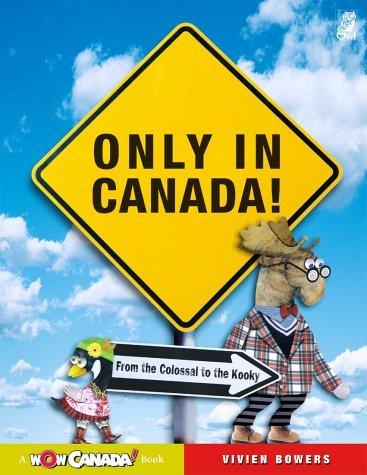
Another brilliant part of the Wow! Canada series, Only in Canada is a funny, fascinating and fact-filled example of what makes Canada interesting. Told through the hilarious voices of Moose and Goose, the readers are taken on a journey through Canada and all of the interesting, weird, strange and educational facts that define the nation.
The Call to Arms is the first of six books in the series Upper Canada Preserved — War of 1812. Each book in this battlefield-based chronicle combines the best of modern historical research with extensive quotations from original official documents and personal letters to bring to life this crucial period of Canada's early history. Numerous historical images of locations are counterpointed with comparable modern perspectives to give a true then-and-now effect.
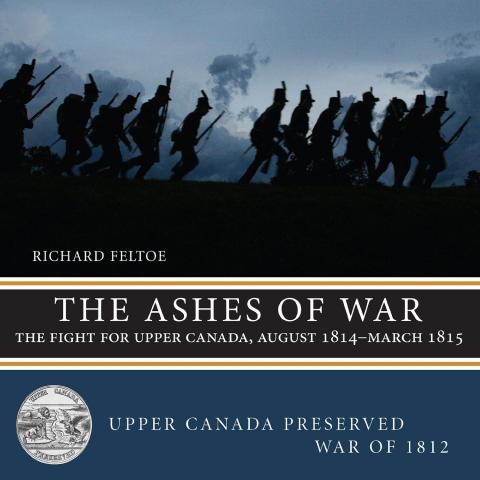
The sixth and final book of the Upper Canada Preserved — War of 1812 series, The Ashes of War examines in detail the closing stages of the war on the Northern Frontier, including the two-month siege of Fort Erie, the engagement at Cook’s Mills, the American attempt to recapture Michilimackinac (Mackinac), the tale of the Nancy, and the American raids into southwestern Upper Canada.

In 1812, the future of British North America hung in the balance as the United States declared war with the avowed goal of conquering the Canadas and removing British influence from the continent forever.